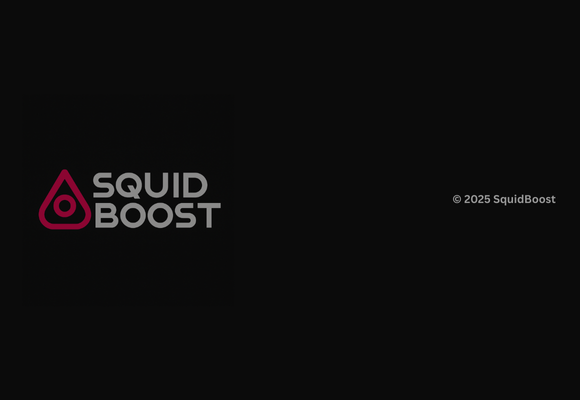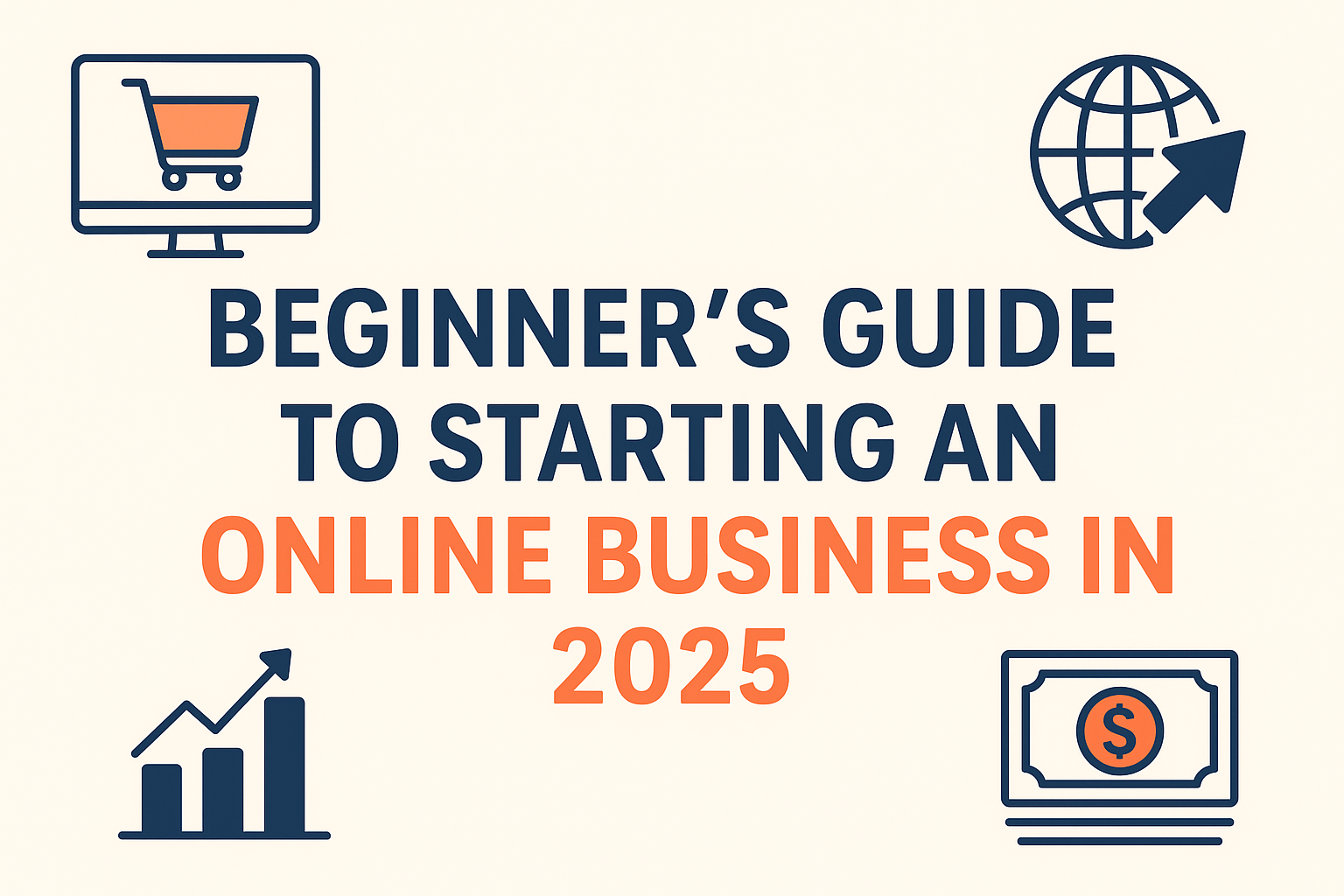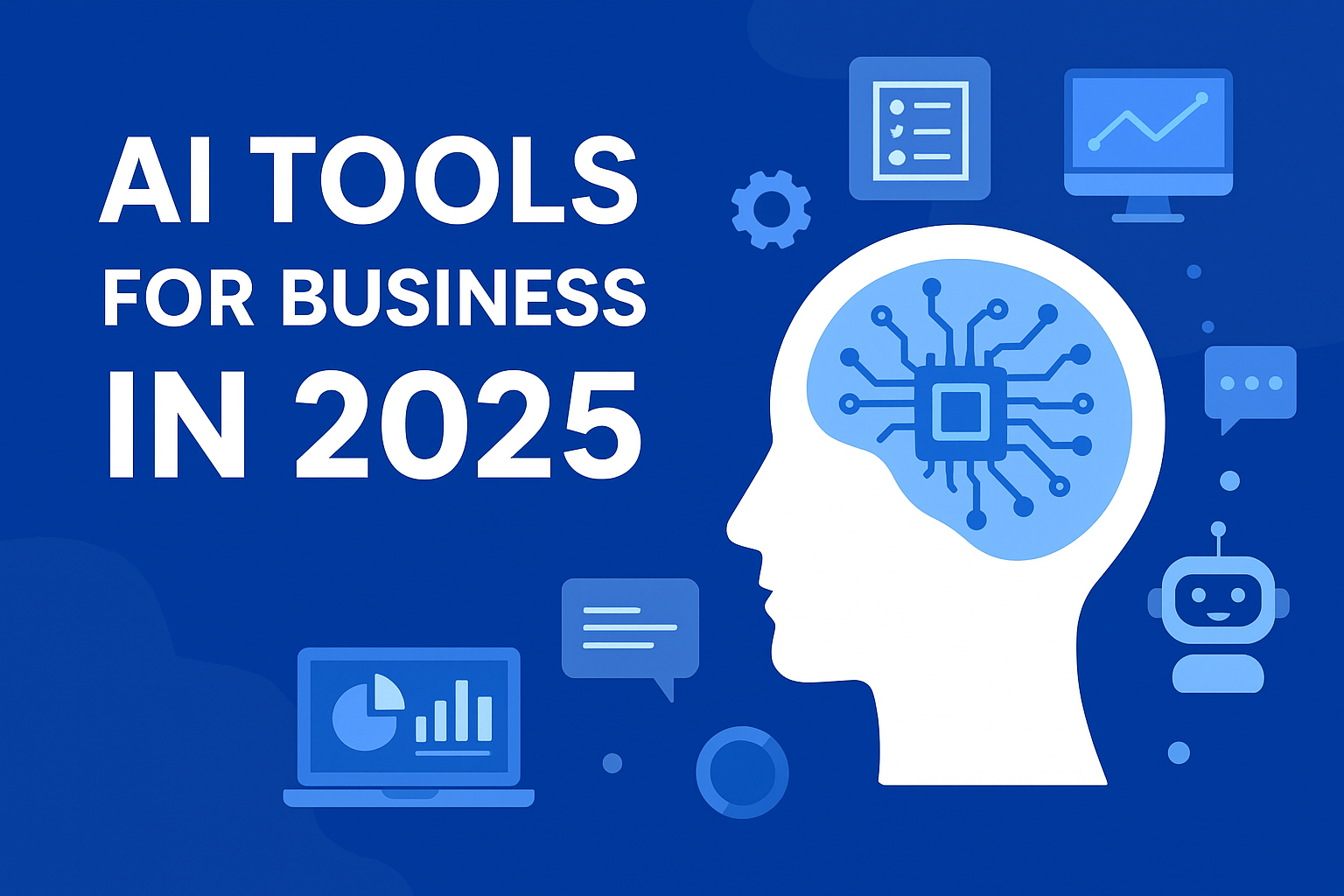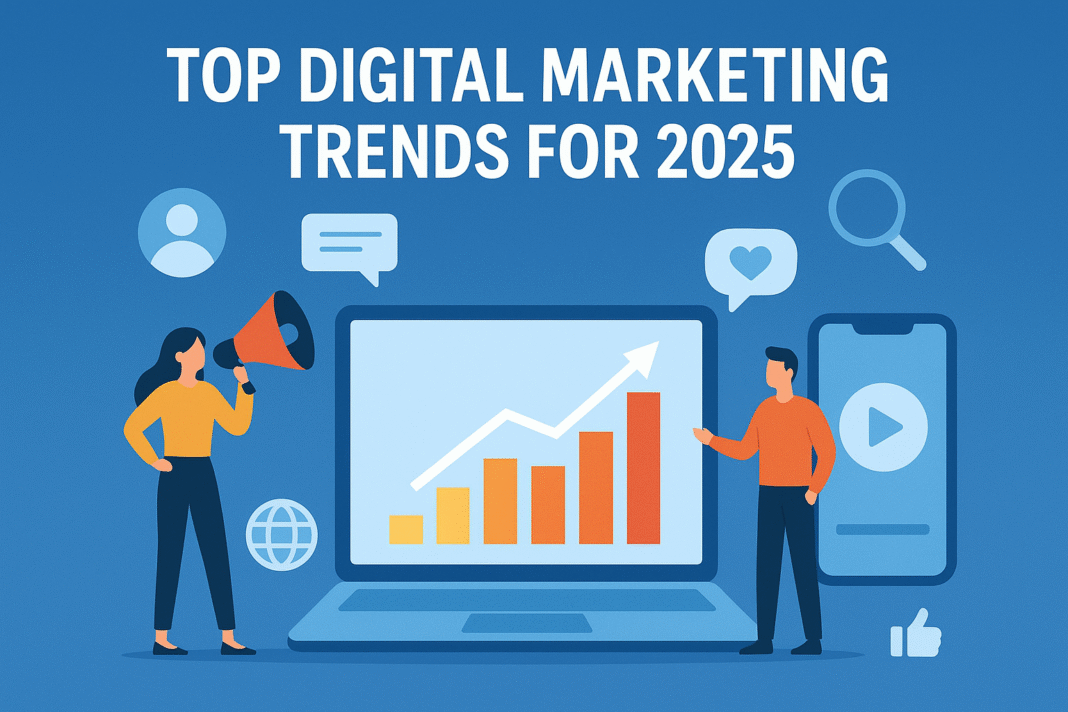Overview
Starting an online business in 2025 is exciting because new technologies like AI, automation, augmented reality, voice search, and sustainability are changing how people buy, sell, and trust. If you follow the right steps and plan well, even someone young or without much prior experience can build something successful.
Using the MBC Framework

- M stands for Mindset & Market
- B for Building & Branding
- C for Conversion & Continuity
We’ll go through each of these with steps, tips, and examples.
M: Mindset & Market
This is the foundation. Before anything else, get your mindset right and understand the market you plan to enter.
- Mindset
- Believe you can learn. You don’t need to know everything—just be willing to try, fail, adjust, and try again.
- Stay curious about new tools and trends (like AI, voice commerce, sustainability).
- Be patient. Growth takes time. Some success may come fast, but lasting success takes consistency.
- Find Your Niche & Market Research
- Pick a specific niche you care about (e.g., sustainable products, tutoring services, digital art, eco-friendly fashion, etc.). Being too general makes competition tough.
- Research what people want in that niche. Use Google Trends, keyword tools, surveys, social media listening.
- Look at competitors: what they do well, what they don’t. Think about how you can do something better or different.
- Study Trends for 2025
Some of the big trends to keep in mind are:
-
- AI-powered personalization: customers expect shopping experiences tailored to them. Wise+2digitalonecore.com+2
- Social commerce & live shopping: shopping through social media (Instagram, TikTok) and live-streams. Wise+1
- Voice search / conversational commerce: more people asking their devices for recommendations with voice, or using chat interfaces. 5bmedia.com+1
- Sustainability & ethical business: eco-friendly products, honest supply chains, less waste are more desirable. vineeshrohini.com+2adelaideoludigital.com+2
- Video content & short-form video: Reels, Shorts, TikTok are big ways to reach people. Hostinger+2adelaideoludigital.com+2
- Set Clear Goals
-
- What do you want: side income, full time, helping others, building a brand?
- Pick measurable goals (e.g., number of sales per month, amount of traffic, income target).
- Decide your budget—how much are you willing to invest in tools, marketing, inventory (if any).
B: Building & Branding
Now you build the business: design, brand, set up your online presence.
- Choose What Kind of Business Model
Some options:
-
- Sell physical products (e.g. handmade goods, dropshipped items).
- Sell digital products (e.g. e-books, templates, courses).
- Provide services (e.g. coaching, consulting, freelancing).
- Affiliate marketing (promoting others’ products for a commission).
- Subscription / membership (regular delivery of value for recurring payments).
- Create Your Brand
- Pick a name that is simple, memorable, easy to pronounce and spell.
- Design a logo, color scheme, style that fits your audience.
- Think about brand values: e.g. trust, sustainability, reliability, creativity.
- Build Your Website & Online Store
- Choose a domain name; ideally matches your brand and niche.
- Use a platform: Shopify, WooCommerce, Wix, Squarespace, etc., depending on your needs and budget.
- Make sure the site is mobile-friendly: many people browse on phones.
- Add essential pages: Home, About, Products/Services, Contact, FAQ, Privacy Policy.
- Set Up Payment & Logistics
- Payment options: credit cards, digital wallets, local payment methods, maybe buy-now-pay-later.
- If physical goods: figure out shipping policy, packaging, returns.
- If digital goods or services: ensure secure delivery, clear terms, easy access.
- Branding & Content Strategy
- Create content that shows what you do, helps your audience, solves their problems.
- Use blog posts, videos, social media posts.
- Use SEO (search engine optimization) so people can find you via Google etc.
- Use trending keywords in your niche (we’ll list some later).
- Legal & Admin
- Check any legal rules in your country (taxes, business registration, regulations for online sales).
- Be transparent with policies, shipping, refunds.
- Think about protecting intellectual property (your logo, your content).
C: Conversion & Continuity
This is about turning visitors into customers, then keeping them, scaling.
- Conversion: Turning Visitors into Buyers
- Make your website easy to use: simple layout, clear calls to action (“Buy Now”, “Sign Up”), fast loading speed.
- Use trust signals: customer testimonials, reviews, secure payment badges, clear refund policy.
- Use promotions / incentives like discounts, free shipping, limited time offers.
- Traffic & Marketing Channels
- SEO: optimize content & product pages for keywords, especially long-tail and voice search versions.
- Social media: post regularly, engage with followers, use stories, reels, live sessions.
- Paid ads: start small, test what works (Facebook, Instagram, TikTok, Google Ads).
- Email marketing: collect emails, send helpful content, special offers, reminders.
- Use Automation & AI
- Chatbots for basic customer support.
- Tools that auto-schedule social posts.
- Personalized recommendations: AI that suggests what a customer might like based on browsing or purchase history. Wise+1
- Customer Retention & Continuity
- Offer excellent customer service. Answer quickly. Show you care.
- Follow up after purchase: ask for feedback, suggest other products.
- Build community: social media groups, newsletters, webinars.
- Consider subscription models or memberships so revenue is recurring.
- Measure, Learn, Adapt
- Use analytics tools (Google Analytics, social media analytics) to see where traffic comes from, what pages perform, where people drop off.
- Test different versions of product pages, headlines, images (A/B testing).
- Adapt based on data: don’t stick with things that don’t work.
Best Trending Keywords (for 2025, sample ideas)
Here are some keywords or key phrases that are trending and could help in your content or SEO:
- AI powered personalization
- Voice search optimization
- Sustainable online business
- Eco-friendly products online
- Social commerce 2025
- Live shopping experiences
- Short-form video marketing
- Subscription business model
- Virtual storefronts & AR shopping
- Chatbot customer support
Step-By-Step Plan (What to Do First, Second, etc.)
| Step | What To Do | Why It Matters |
| 1 | Decide niche + research market & trends | Helps you pick something people want |
| 2 | Define brand + voice + name | Makes you memorable & builds trust |
| 3 | Build your website/store + set up payment and delivery | You need a place to sell from |
| 4 | Create some content and social media presence | Get people to know about you |
| 5 | Launch first product/service | Start small to test what works |
| 6 | Promote via social media, SEO, ads | To bring in traffic & sales |
| 7 | Measure, collect feedback, refine | Improve what doesn’t work |
| 8 | Implement retention strategies (subscriptions, loyalty, follow-ups) | So customers come back and revenue is more predictable |
Common Mistakes to Avoid
- Trying to do too many things at once – better to do a few things well than many badly.
- Undervaluing branding or design – bad first impressions can kill trust.
- Ignoring customer feedback.
- Not planning for finances: costs can add up (hosting, tools, shipping, ads).
- Waiting until everything is perfect – it’s better to start, learn, improve.
Advantages of Starting an Online Business

- 24/7 Availability – Your store never closes. Customers can shop anytime.
- Low Start-Up Cost – Website hosting and e-commerce tools are affordable.
- Data-Driven Growth – Analytics show customer behavior, helping you improve.
- Multiple Income Models – Sell products, offer services, create courses, or use affiliate marketing.
- Wider Audience Reach – Social media and search engines bring global traffic.
- Automation with AI – Chatbots, auto-emails, and smart recommendations save time.
Disadvantages of Online Business
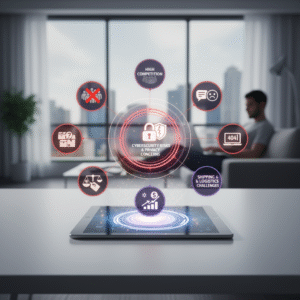
- High Competition – Millions of businesses online; standing out requires strategy.
- Technical Challenges – Website setup, SEO, or digital marketing can feel confusing at first.
- Dependence on Technology – Site crashes, payment failures, or hacks may happen.
- Customer Trust Issues – New businesses need time to earn credibility.
- Marketing Costs – Paid ads and promotions may become expensive if unmanaged.
Conclusion
Starting an online business in 2025 means combining a strong mindset, good market choice, smart building and branding, and a plan for converting visitors into loyal customers. If you follow the MBC framework—Mindset & Market, Building & Branding, Conversion & Continuity—you’ll have a solid structure to build upon. Keep learning, testing, adapting. The online world moves fast; staying flexible and ethical gives you an edge.




